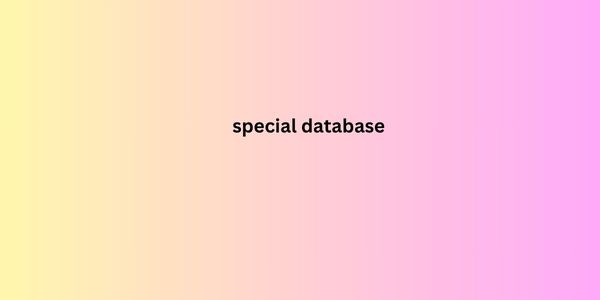Phase Progressions Of The Internet
Web 1.0 was the first stage of the World Wide Web evolution – with simple pages on information. It merely allowed users to search and read.
Web 2.0 was the interactive era with the emergence of social media, where people were given the power to consume data on the go. In addition, users could interact by liking, sharing, tweeting & blogging on various platforms, (Facebook, Instagram, Twitter, YouTube, TikTok).
Web 3.0 or “The Decentralized Web” as they call it is the new internet that creates a liberating space where ownership of data will be given back to the end users through decentralization. Moreover, Web 3.0 encourages more exposure of Blockchain, Machine Learning and Artificial Intelligence, while becoming a more collaborative and transparent space of the internet where no permission from central authority is required.

Why Is Web 3.0 Better Than Web 2.0 When It Comes To Marketing?
Marketing began with ad banners appearing on websites in Web 1.0. With the inception of Web 2.0 and the progress of digital marketing, businesses and corporations were able to harness the power of social media to advertise and market their products, thus reaching a larger target audience and gaining a significantly larger market share.
However, Web 2.0 did have its limitations and disadvantages, which included the fact that only a few massive corporations’ control and monopolise the internet, indicating that weaker stakeholders don’t even stand a chance due to the internet being restricted and having limited transparency.
A beacon of hope, Web 3.0 uses Blockchain technology that eliminates centralized data collection methods, increases data security and transparency, and allows marketers to better connect brands to customers. With the help of this technology, we predict a massive shift in concept. Instead of generating views and using people as targets like with Web 2.0, marketers will be able to reconnect with customers properly, giving them ownership of their data and truly providing them with a valuable and fulfilling user experience.
What Are The Main Changes Web 3.0 Brings To Marketing?
Social Media Marketing
Social media is the main communication portal for most users today. With Web 3.0, there will be Decentralized Apps (dApps) – meaning users will retain control over their data and privacy, with the elimination of a centralized authority. Moreover, dApps will encourage a formation of communities and a chance to build meaningful relationships with customers.
Content Creation
Though a blueprint of what content will be produced in Web 3.0 doesn’t exist, there is a rise in the NFTs community. It is suggested that companies and businesses could create their own NFTs for their brands, to create an increase in brand exposure and awareness, while providing the opportunity to connect with their target audience in a new way.
Change in Loyalty Point Model
Instead of customer loyalty points, miles or vouchers customers will be rewarded with “tokens” when they purchase a product. As tokens are deemed more desirable with the change of Web 3.0, businesses can use “tokens” within their marketing campaigns as well, to further satisfy and attract their target audience to increase market share.
The transition from Web 2.0 to Web 3.0 is one from using customer as numbers in a database to wanting to create a genuine connection with them. Unlike Web 2.0, Web 3.0 will use its features to focus on user engagement and behavioral advertising rather than interactive advertising and cost per click. Moreover, there will also be a shift from blogs to increasing livestreams, indicating more accessibility and choice for customers to frequently engage with businesses whenever they want.
In conclusion, it is indicated that though the “new internet”, customer will have more control over their privacy which means greater user utility, proving extremely beneficial for marketers as well. This is because it provides a variety of options for more effective marketing and advertising strategies through advanced technology such as Artificial Intelligence, introduction of the usage of tokens, NFTs, Decentralized Apps (dApps). Moreover, due to decentralisation being a core concept within Web 3.0, it offers a transparent space that marketers can create opportunities to form and leverage deeper connections. Overall, Web 3.0 will be advantageous for all the stakeholders, specifically marketers depending on how they choose to implement strategies.
